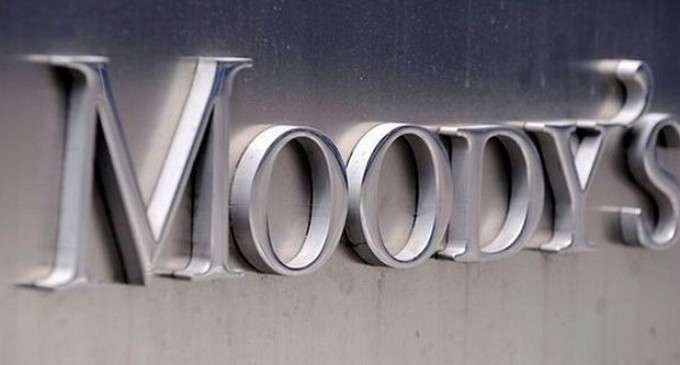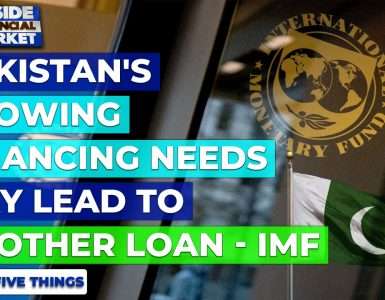 Moody’s: Pakistan’s external liquidity position is strengthening
Moody’s: Pakistan’s external liquidity position is strengthening
Singapore, May 04, 2015 — Moody’s Investors Service says in its new report that Pakistan’s (Caa1 positive) external liquidity position is strengthening and the likelihood of default is receding, as evidenced by a recovery in foreign reserves over the last year.
Moody’s notes that the authorities’ efforts toward fiscal consolidation have resulted in a shrinking budget deficit. While gross borrowing requirements are high, the government has moved to lengthen the maturity of its debt burden and diversify borrowing away from the banking system.
The report constitutes an annual update to investors and is not a rating action.
Pakistan is also moving forward on structural reforms under its program with the International Monetary Fund (IMF). These reforms focus primarily on fiscal consolidation, debt management, and addressing structural constraints in the energy sector.
These factors were taken into account in Moody’s change in the outlook on Pakistan’s government bond ratings to positive from stable on 25 March 2015, pointing towards a declining probability of default.
Moody’s conclusions were contained in its just-released credit analysis, titled “Pakistan” and which examines the sovereign in four categories: economic strength, which is assessed as “moderate (-)”; institutional strength “very low (+)”; fiscal strength “very low (-)”; and susceptibility to event risk “high”.
The new report notes that Pakistan’s Caa1 rating reflects constraints in Moody’s methodological assessment that mainly lie in the government’s very low fiscal strength and high susceptibility to event risks.
Moody’s report further points out that China’s recent pledge to invest $46 billion in the China-Pakistan Economic Corridor — which aims to connect the two countries via rail, road, and an oil and gas pipeline — is credit positive, and will spur investment activity, boost bilateral trade flows and help ease Pakistan’s energy deficit over time.
Upward rating pressure would arise from (1) continued progress under the government’s IMF program; (2) further fundamental strengthening in Pakistan’s external liquidity position; and (3) progress on structural reforms that would remove infrastructure impediments and supply-side bottlenecks, and bolster growth.
Conversely, a downward rating pressure could stem from: (1) a stalling of the IMF program; (2) a deterioration in the external payments position; or (3) heightened political instability.










Add comment